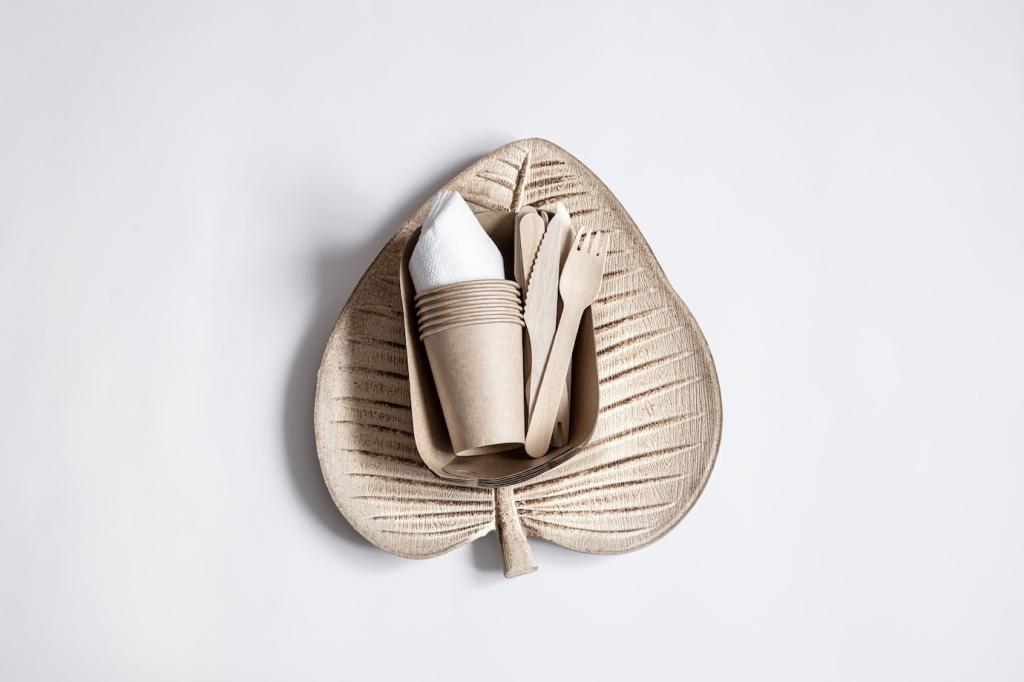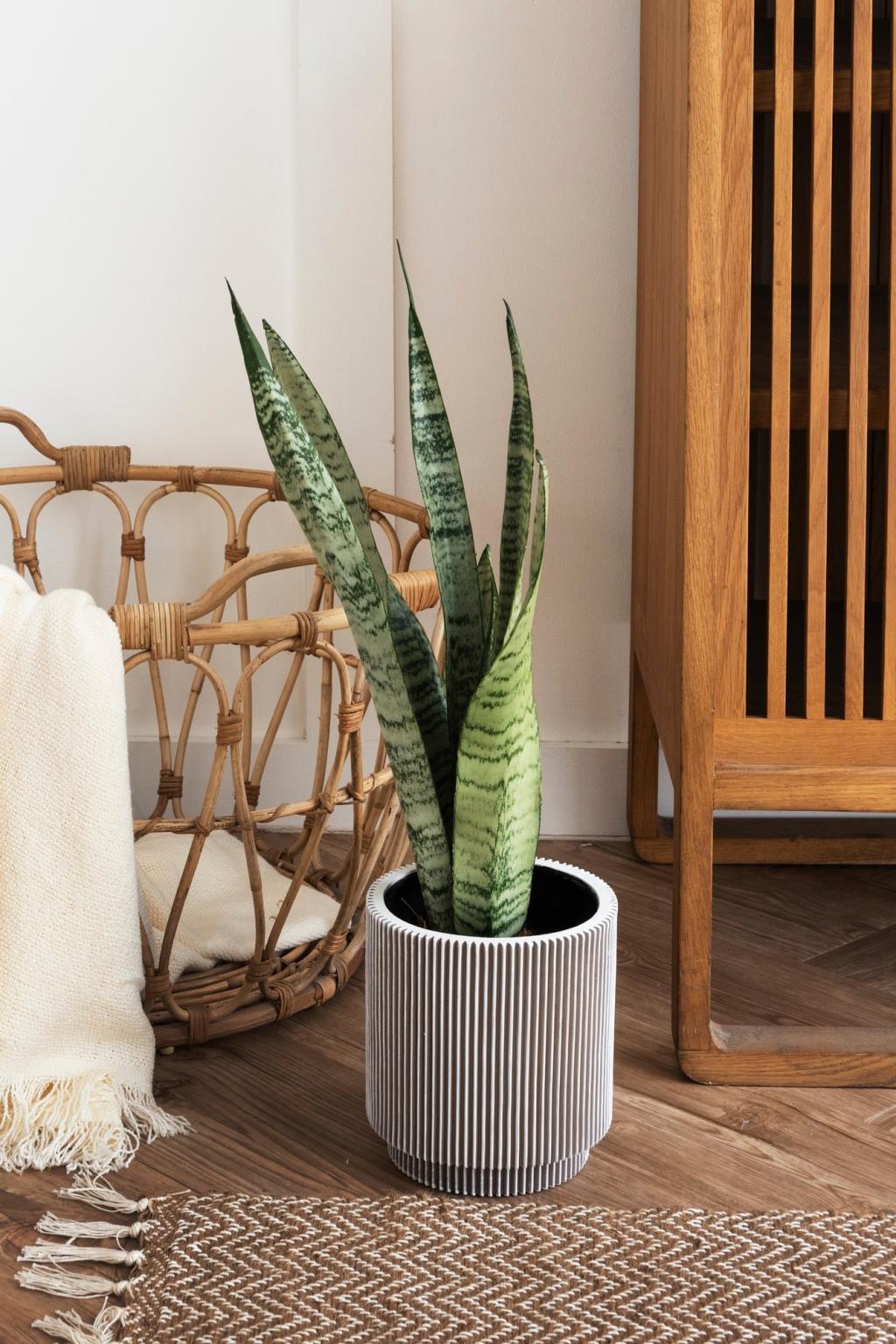Recycled and Upcycled Design Elements: Giving Materials a Second Life


Circular Design Principles That Guide Every Choice
Instead of hiding scratches and aged textures, let them speak. A reclaimed door table tells guests where storms, sunlight, and family dinners once lived, turning history into a design element with soul.
Circular Design Principles That Guide Every Choice
Build with reversible joints, modular parts, and standard fasteners. When needs change, your recycled and upcycled design elements can be taken apart, reconfigured, and kept in use rather than discarded.
Where to Source Reclaimed Materials You Can Trust
Browse architectural salvage, ask demo crews about reusable lots, and visit community swap days. You will find wood with character, vintage fixtures, sturdy metals, and stories waiting to be designed anew.
Where to Source Reclaimed Materials You Can Trust
Check for rot, pests, warping, and lead paint. Measure moisture in wood, test metal corrosion, and confirm glass integrity. Document each piece so the final design honors its past and suits your purpose.

Pair reclaimed wood with steel brackets or hemp rope with brushed aluminum. Use floating tenons, threaded inserts, and gaskets to accommodate movement, creating strong joints that respect material differences.
Craft Techniques for Upcycling with Confidence
Lighting, Furniture, and Storage from Second-Life Materials
Convert wine bottles into pendants, use vintage jars as sconces, and add dimmable LEDs for safety and mood. Share your photos, and tell readers how you wired safely and secured heat clearance carefully.

A Cafe Wrapped in Reclaimed Timber
An independent cafe clad its bar in school gym flooring, nail holes intact. Regulars run fingertips along the lines, recalling games and laughter. The owner says the wood lowered costs and raised conversations.
Students Turning Lunch Waste into Learning
A classroom makers club transformed milk cartons into acoustic panels. The room grew quieter, and so did anxieties. Parents subscribed for weekly updates, and students felt design could solve everyday problems thoughtfully.
A Designer’s Tiny Home with Salvaged Light
Using factory windows from the 1950s, a designer flooded a compact home with daylight. Lower energy bills, higher comfort, and a view framed by industrial steel became a daily reminder of resourceful design.

Waste Diverted and Carbon Saved
Weigh materials before and after, estimate avoided landfill volume, and use footprint calculators to approximate emissions saved. Share your numbers in the comments so our community can learn and benchmark together.

Longevity, Repairability, and Spare Parts
Document component sizes, keep a parts box, and publish repair guides. Upcycled design thrives when repairs are easy, making each element a long-term companion rather than a temporary decorative gesture.

Local Supply Chains and Community Value
Choosing neighborhood salvage reduces transport emissions and builds relationships. Ask readers to tag local yards or artisans, growing a network where materials, skills, and stories flow in sustainable circles.
Get Started and Join the Conversation
Pick one item tonight—a jar, a crate, or a plank—and give it a job it never had before. Share your result, however rough, because progress beats perfection when learning the rhythm of upcycled design.
Get Started and Join the Conversation
Take photos of the original material, note where it came from, and describe each decision. When you post or subscribe, include your project timeline so others can follow and remix your approach transparently.
